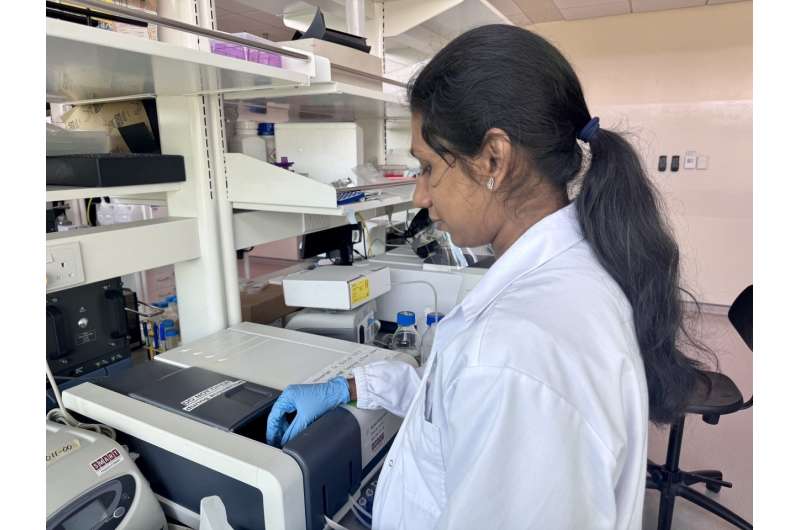Rapid Detection of Microbial Contamination in Cell Therapy Products
Researchers from the Singapore-MIT Alliance for Research and Technology (SMART) have developed a groundbreaking method to quickly detect microbial contamination in cell therapy products (CTPs) during manufacturing. This novel approach combines ultraviolet (UV) light absorbance spectroscopy with machine learning to identify contamination patterns, significantly reducing the testing time from up to 14 days to under 30 minutes.

Cell therapy represents a promising frontier in medicine, offering potential treatments for cancers, inflammatory diseases, and chronic degenerative disorders. However, ensuring the sterility of CTPs remains a significant challenge in their manufacturing process. Traditional sterility testing methods are labor-intensive and time-consuming, taking up to 14 days to detect contamination. While rapid microbiological methods (RMMs) can reduce this time to 7 days, they still require complex processes and skilled personnel.
The newly developed method addresses these challenges by providing a label-free, non-invasive, and real-time detection system. By measuring the UV absorbance of cell culture fluids and using machine learning to recognize contamination patterns, this technique offers a significant advancement in CTP manufacturing. The process is simple, cost-effective, and doesn’t require specialized equipment or additional preparation steps.
“This rapid, label-free method is designed as a preliminary step in the CTP manufacturing process,” said Shruthi Pandi Chelvam, Senior Research Engineer at SMART CAMP and first author of the study. “It allows for continuous safety testing, enabling early detection of contamination and timely corrective actions.”
The method supports automated cell culture sampling at designated intervals, reducing manual tasks such as sample extraction, measurement, and analysis. This automation not only streamlines the manufacturing process but also minimizes the risk of contamination associated with human intervention.
Future research will focus on broadening the method’s application to detect a wider range of microbial contaminants representative of Current Good Manufacturing Practices (cGMP) environments. The technique also holds potential applications beyond cell therapy manufacturing, such as in the food and beverage industry for microbial quality control testing.
The research was conducted by an interdisciplinary team from SMART CAMP, MIT, A*STAR Skin Research Labs, and the National University of Singapore. The findings were published in the journal Scientific Reports.


